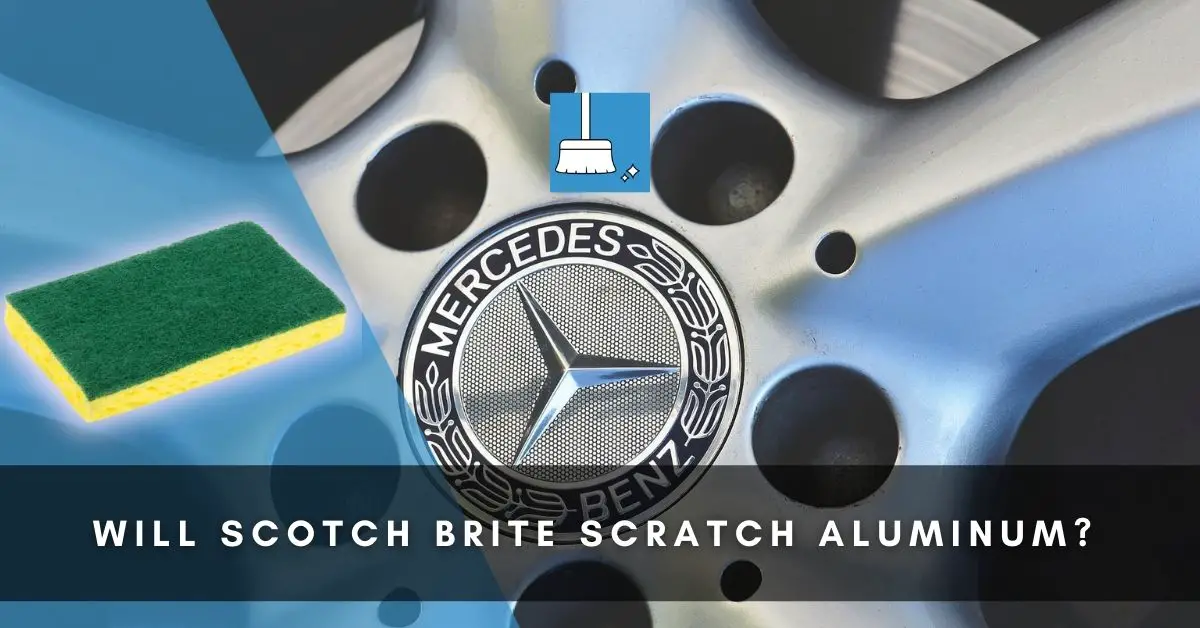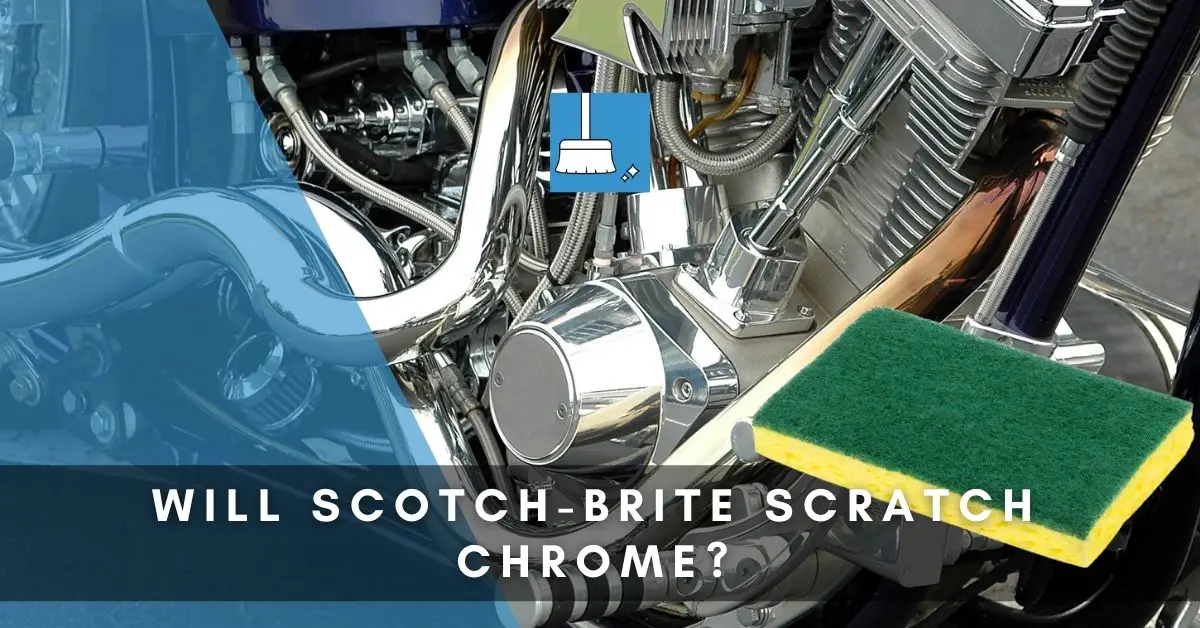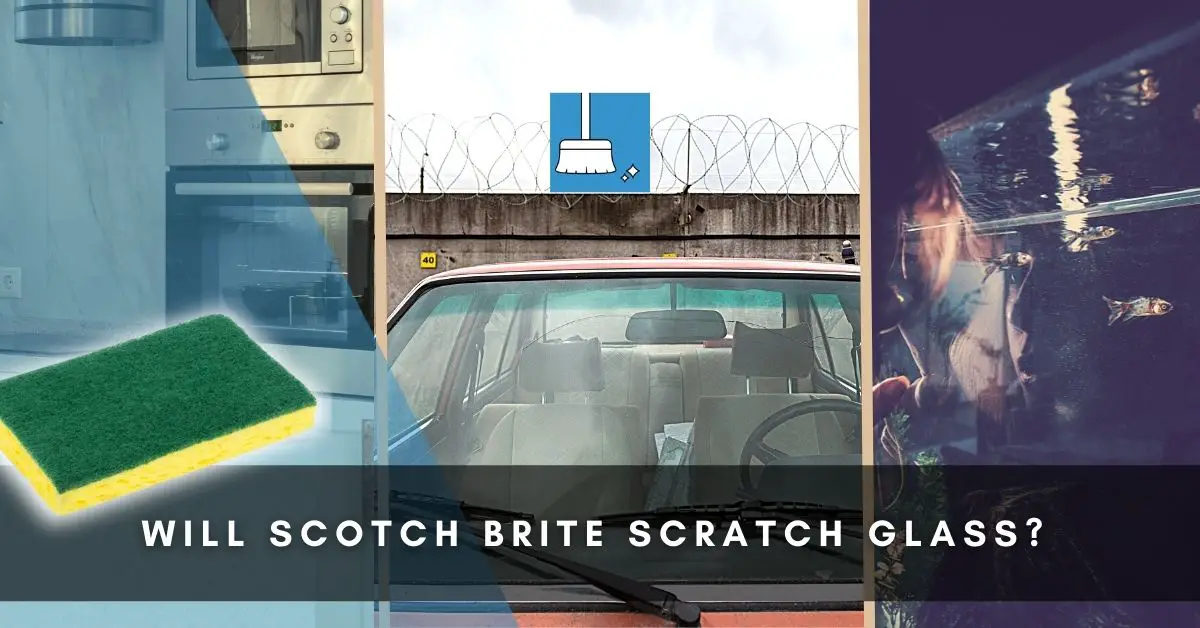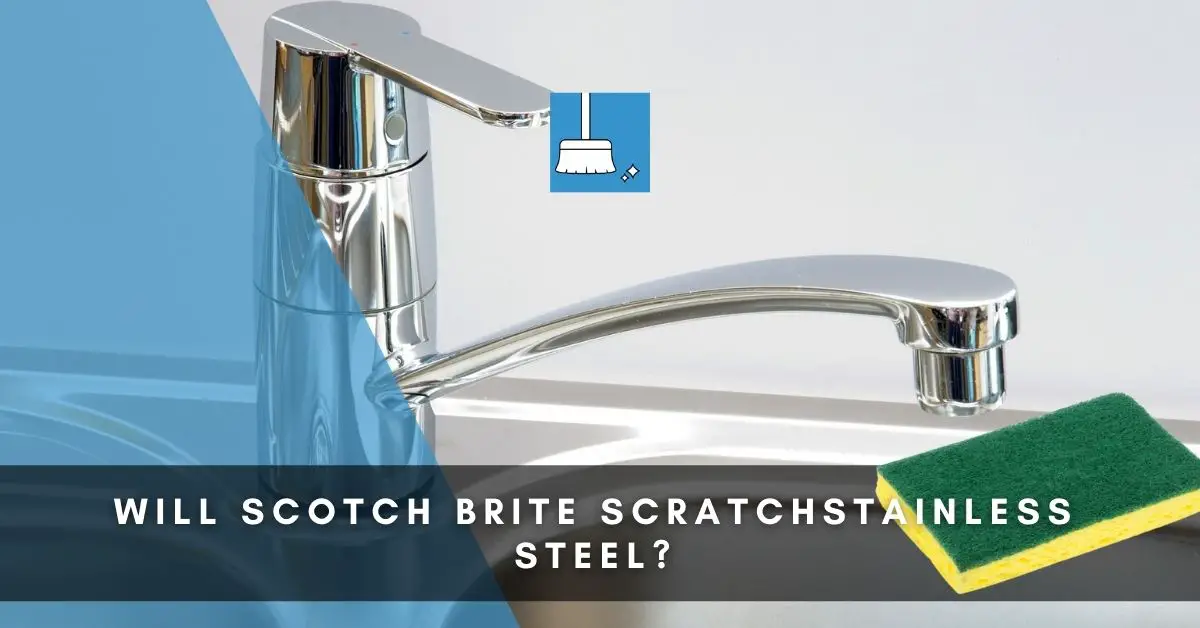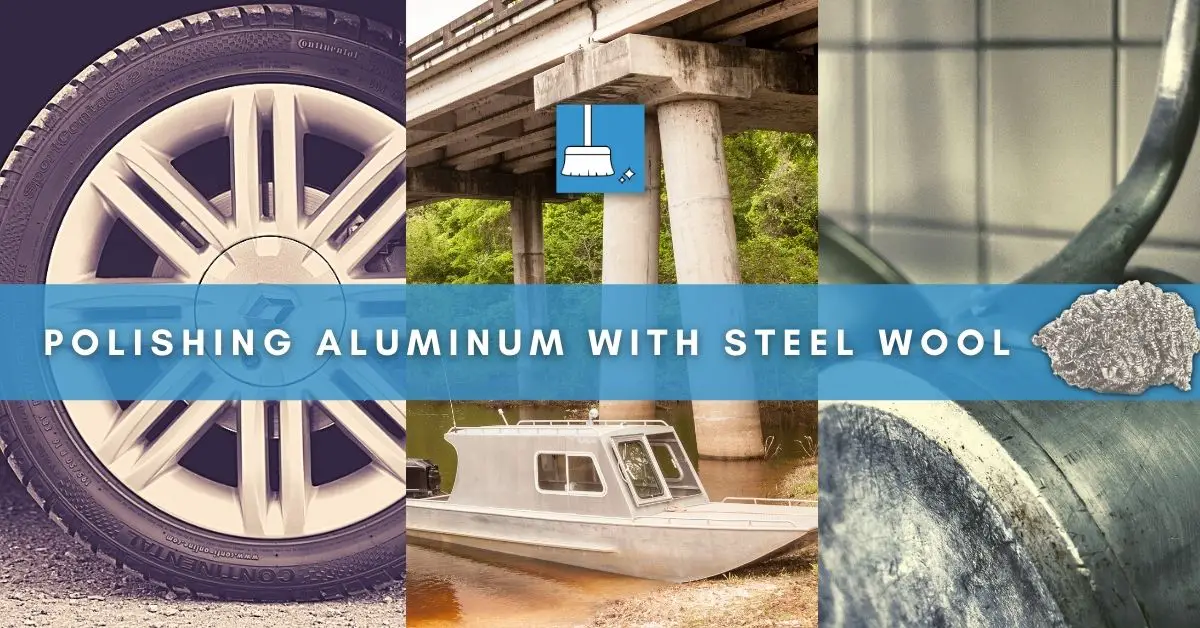Aluminum has fast become a widely sourced material for both domestic wares, machine parts, and industrial tools. As we get creative with cleaning abrasives like Scotch Brite, you might have concerns about the safety of your aluminum materials from physical damage like scratch.
Aluminum is a very soft and lightweight metal. Even a microfiber can scratch it. Whether Scotch Brite will “scratch” aluminum is dependent on what you aim to achieve with the Scotch Brite on the aluminum, and what grade of Scotch Brite paper you intend to use.
Let’s look at Scotch Brite, its use with aluminum, and how to properly clean and polish aluminum with Scotch Brite.
Will Scotch Brite Scratch Aluminum?
Scotch Brite has a high tendency to scratch aluminum because aluminum is a very soft metal while Scotch Brite pads are made of varying abrasive materials such as aluminum oxide, silicon carbide, resins, and titanium dioxide.
However, this is largely dependent on factors like the type or grade of Scotch Brite, and the intended use.
Type & Purpose of Scotch Brite Pads (& Suitability with Aluminum)
Scotch Brite comes in different types depending on if it’s for home use or industrial use.
Home Use
Scotch Brite for home use is of three different types: Non-scratch, Heavy-duty, and a Cellulose sponge.
1- Non-Scratch
This is a general-purpose pad intended for everyday use for kitchen utensils and equipment. It cleans without scratching and is ideal for non-stick pots, pans, and glass.
2- Heavy-Duty
This Heavy-duty pad is good for kitchen, garage, and outdoor cleaning. Ideal for grills, terracotta pots, paving slabs, and oven grates for removing grease and burnt-on food.
3- Cellulose Sponge
It is multipurpose and can be used for grills, garden tools, cast-iron pans, and stove burners. It cuts through and removes grease and burnt-on food. It can scratch delicate surfaces and therefore not ideal for non-stick cookware.
Industrial Use
The classification of Scotch Brite for industrial use is more complex. There are discs, wheels, bushes, sheets and rolls, belts, and hand pads, depending on the equipment they will be used on.
They can also be classified according to grit size, color, or specific product. For this article, we will focus on the grit size.
The grit sizes range from less aggressive to more aggressive. The grit size classification is also different for each Scotch Brite type.
1- Ultrafine (ULF), Very Fine (VFN), and Fine (FIN)
They are very mild abrasives for gentle, thorough cleaning. They leave a consistent finish on metals, wood, plastics, and composite, and are also cut for paint prep, blending, and scuffing.
2- Medium (MED) and Coarse (CRS)
These are durable and aggressive pads for stock removal. They cut fast to remove contaminants and oxides in the most demanding cleaning and finishing applications. Specially designed for blending surface scratches on metals, wood, and synthetic surfaces.
3- Heavy-duty (HD)
This is a super aggressive, durable pad and is an excellent choice for very heavy cleaning, deburring, and finishing applications. It removes stock quickly and withstands use on tough surfaces.
Having seen the different types of Scotch Brite and their purposes, here are some useful tips:
1- Using a more coarse one for a purpose intended for fine ones will definitely scratch the aluminum.
2- Do not make the mistake of using an industrial Scotch Brite for home use.
3- Do not use one intended for special occasions for everyday use, or one for uncoated material on non-stick aluminum ware.
4- If you are not sure the Scotch Brite you intend to use will scratch the aluminum, try it first in a less conspicuous area.
How Do You Clean Aluminum with Scotch-Brite?
Scotch Brite can be used on Aluminum for removing:
– Jagged edges from uneven cuts
– Oxidation
– Corrosion
– Scratches
– Grease and dirt
STEPS
STEP 1: Attach the Scotch Brite wheel, belt, or pad to a drill press, electric drill, angle grinder, die grinder, or bench motor. You can also use hand pads.
STEP 2: Turn the machine on and run the pad evenly over the surface of the aluminum material.
STEP 3: If you are using a hand pad, run the pad evenly in strokes. Do not move in a circular motion, unless you want to achieve a swirl effect.
STEP 4: You can spend more time getting more of the scratches out and making the material even shinier.
STEP 5: You can change the Scotch Brite to finer grit sizes for cleaner and shinier results. Progress from more aggressive to less aggressive to remove the scratches made by each grit size, till you get a cleaner and smoother result.
Polishing Aluminum with Scotch Brite
To get an aluminum surface flat and smooth to a reasonable level, you have to use fine abrasives progressively to sand it down.
For smaller aluminum pieces, you can use a hand pad with a little elbow grease.
For bigger pieces, you will need to use the abrasive with a machine, like an orbital sander or an angle grinder. You can attach the Scotch Brite discs to these.
Polishing aluminum to a good shine involves the following steps:
STEP 1- Get rid of the surface dust and grime by wiping it away with a damp sponge and then cleaning with a soapy solution (water and dish soap) for simple cleaning, or a degreaser/commercial cleaner for harder grease stains. Finally, dry the surface with a microfiber cloth.
STEP 2: Start with a more aggressive Scotch Brite and work your way down to a finer one. The severity of scratches or gouges will determine which aggressive Scotch Brite to start with and the finest one to end with.
STEP 3: Move evenly over the surface of the aluminum with your hand or a machine, and with the selected Scotch Brite grit size, sand it down.
STEP 4: To get a more reflective shine, ensure all irregular areas along the surface of the aluminum are flattened out.
STEP 5: Apply a small amount of aluminum polish to the surface and rub it with a clean cloth (Circular motions are the best) gradually wiping away all the polish residue with the unused side of the cloth. Repeat the motions with another clean cloth.
CAUTION: Do not use aluminum polish if you are polishing kitchenware, like an aluminum pot or pan, as the aluminum polish is dangerous when ingested. Instead, use a mixture of water and cream of tartar (potassium bitartrate) in equal amounts, for this purpose.
Conclusion
Having read through, you see that the soft nature of aluminum easily exposes it to physical wear if not used with care.
Hence, when deciding on polishing or cleaning materials for your aluminum items, you have to carefully understand the nature of the aluminum ware you are working with and the purpose you aim to achieve with a Scotch Brite pad or wheel.
With this knowledge, you can choose the right Scotch Brite that gets the work done without leaving scratches.

